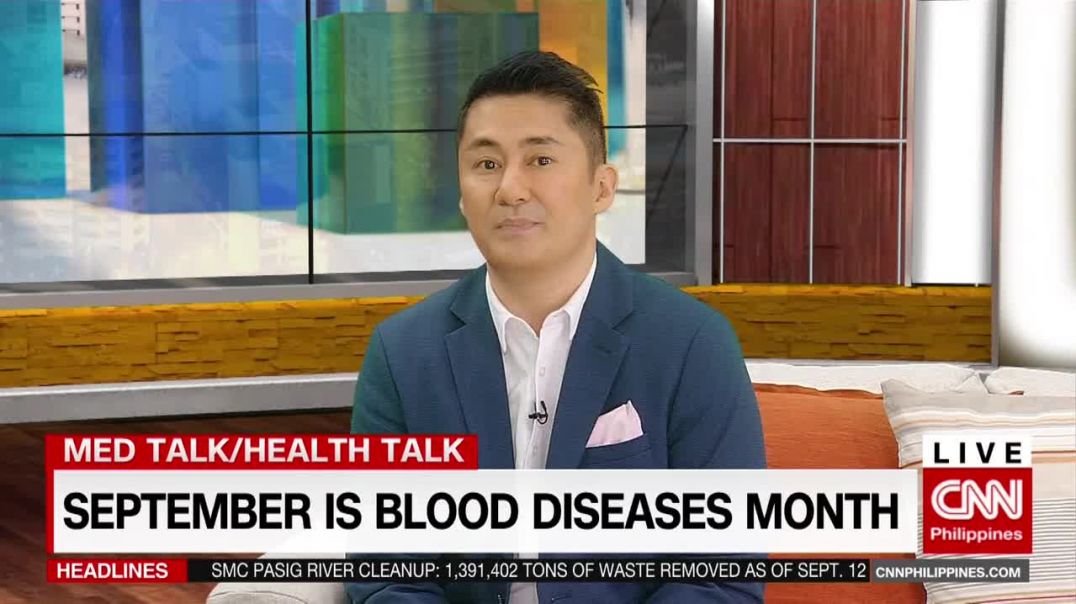Juvenile Myelomonocytic leukemia, 3 patients
Quality
Assurance
Program of
Hematology
Juvenile Myelo-Monocytic Leukemia ,JMML.
Juvenile myelomonocytic leukemia , JMML, is a serious chronic leukemia (cancer of the blood) that affects children aged 0-14 years. The average age of patients at diagnosis is 2 years old. The World Health Organization has included JMML in the category of Myelodysplastic and Myeloproliferative disorders
First Case
2 years old Male
WBC: 64.000 , Hb: 10.8, plt: 162.000
PBS differential count:
Blast: 2% , myelocytes: 7%, metamyelocytes: 3%stab: 16% , segmented: 48%, Lymphocytes: 5%Monocytes: 14%, Eo: 1%, basophils: 4%erythroblast: 2/100
BM asp report:
Hypercellular explosive marrow.
BM asp differential count:Blast: 4%, myelocytes: 18%. metamyelo: 8%, stab: 24%segmented: 27%, Lymphocytes: 10%, Monocytes: 5%, Eo: 3%, baso: 1%
The Second Case
6 months old female, with Hepatosplenomegaly
WBC: 55.000Hb: 8.4plt: 181.000DLC:P45 L 10 M20, promyelo 6, myelo 9, meta 7, blast 3%, Neutrophils showing dysplasia and left shift.
BM asp report :
Hyercellular marrow with granulocytic hyperplasia and dysplasia, increased monocytes and eosinophils.Mild dyserythropoiesis. Blast 5%.
The Third Case
10 years old male,with cervical lymphadenopathy and chest nfection.
WBC: 55.000 Hb: 8.4 plt: 181.000
DLC:
P45 L 10 M20, promyelo 6, myelo 9, meta 7, blast 3%, Neutrophils showing dysplasia and left shift.
BM asp report :
Hyercellular marrow with granulocytic hyperplasia and dysplasia, increased monocytes and eosinophils. Mild dyserythropoiesis. Blast 5%.
Diagnosis
The following criteria are required in order to diagnose JMML:
All 3 of the following:
1-No Philadelphia chromosome or BCR/ABL fusion gene.
2- Peripheral blood monocytosis more than1 000/mcL.
3-Less than 20% blasts including promonocytes in the blood and bone marrow blast count is less than 2% on average
Two or more of the following criteria:
1-Hemoglobin F increased for age.
2- Immature granulocytes and nucleated red cells in the peripheral blood.
3-White blood cell count more than10.000/mcL .
4-Clonal chromosomal abnormality e.g., monosomy 7.
5-Granulocyte macrophage colony-stimulating factor GM-CSF, hypersensitivity of myeloid progenitors in vitro.
The differential diagnosis list includes
infectious diseases like Epstein-Barr virus, cytomegalovirus, human herpesvirus 6, histoplasma, mycobacteria, and toxoplasma, which can produce similar symptoms.
These cases were studied by his excellency Dr. Ali bin Saad Alshammary , general director of laboratories and blood banks, and Dr. Mohamad Khair Ahmad























SORT BY-
热门评论
-
最新评论